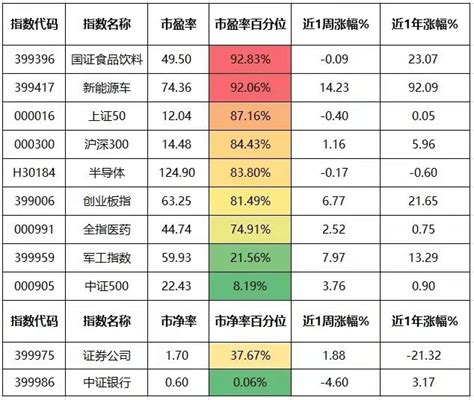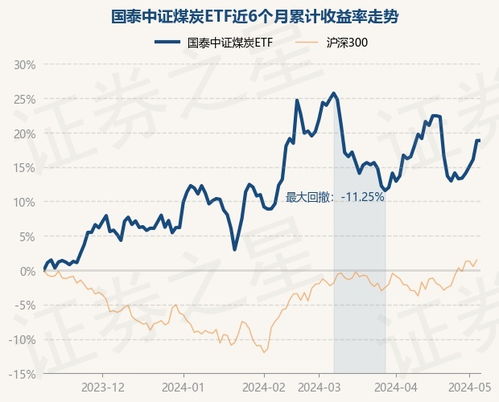Guide to Buying Mutual Funds
Investing in mutual funds can be a prudent step towards achieving your financial goals. Whether you're planning for retirement, saving for a big purchase, or building wealth for the future, mutual funds offer a diversified investment option suitable for various risk appetites. Below is a comprehensive guide to help you navigate the process of buying mutual funds.
1. Understand Your Investment Goals and Risk Tolerance
Before diving into the world of mutual funds, it's crucial to define your investment objectives and assess your risk tolerance. Ask yourself questions such as:
What am I investing for? (e.g., retirement, education, buying a house)
What level of risk am I comfortable with? (e.g., conservative, moderate, aggressive)
Understanding these aspects will help you choose mutual funds that align with your financial aspirations and comfort level.
2. Educate Yourself about Mutual Funds
Familiarize yourself with the different types of mutual funds available in the market. These may include:
Equity Funds:
Invest primarily in stocks, offering growth potential but with higher volatility.
Bond Funds:
Focus on fixedincome securities such as government or corporate bonds, offering stability and income generation.
Balanced Funds:
Combine both stocks and bonds to provide a balanced approach to risk and return.
Index Funds:
Track a specific market index (e.g., S&P 500), aiming to replicate its performance.
Sector Funds:
Concentrate investments in specific sectors like technology, healthcare, or energy.Each type of fund carries its own riskreturn profile, expenses, and investment strategy.
3. Research and Select Suitable Funds
Once you have a clear understanding of your goals and risk tolerance, conduct thorough research on potential mutual funds. Consider the following factors:
Performance History:
Review the fund's past performance over different time periods, but remember that past performance is not indicative of future results.
Expense Ratio:
This is the annual fee charged by the fund to cover operating expenses. Look for funds with low expense ratios to minimize costs.
Risk Metrics:
Analyze metrics such as standard deviation, beta, and Sharpe ratio to gauge the fund's volatility and riskadjusted returns.
Fund Manager:
Assess the experience and track record of the fund manager in managing similar funds.
Investment Minimums:
Check whether the fund has any minimum investment requirements that fit your budget. 4. Evaluate the Fund's Holdings and Strategy
Dig deeper into the fund's holdings and investment strategy to ensure they align with your investment philosophy. Pay attention to:
Asset Allocation:
Understand how the fund allocates its assets among different asset classes and securities.
Top Holdings:
Review the fund's top holdings to assess its diversification and concentration risk.
Investment Approach:
Determine whether the fund follows a passive (indexbased) or active investment strategy.
Turnover Ratio:
This indicates how frequently the fund buys and sells securities, which can impact transaction costs and tax efficiency. 5. Consider Tax Implications
Be mindful of the tax consequences associated with investing in mutual funds, especially in taxable accounts. Funds may distribute dividends, capital gains, or interest income, which could have tax implications for you. Consider consulting with a tax advisor to understand the potential tax impact of your investment decisions.

6. Make Your Investment
Once you've thoroughly researched and selected suitable mutual funds, it's time to make your investment. You can typically purchase mutual funds through various channels, including:
Online Brokerage Accounts:
Many online brokerages offer a wide selection of mutual funds that you can buy and sell online.
Financial Advisors:
If you prefer personalized guidance, you can work with a financial advisor who can recommend suitable funds based on your financial situation and goals.
Directly from Fund Companies:
Some fund companies allow investors to buy mutual funds directly from them without involving intermediaries. 7. Monitor and Review Your Investments Regularly
Investing in mutual funds is not a onetime activity; it requires ongoing monitoring and review. Periodically assess your investment portfolio's performance, rebalance if necessary, and make adjustments based on changes in your financial circumstances or market conditions.
Conclusion
Buying mutual funds can be an effective way to achieve your financial objectives while spreading risk across a diversified portfolio. By understanding your investment goals, conducting thorough research, and staying informed about your investments, you can make informed decisions that align with your financial future. Remember to consult with financial professionals if you need assistance along the way.
Now that you have a comprehensive guide, you can confidently embark on your journey to invest in mutual funds. Happy investing!
I hope this guide provides you with valuable insights into buying mutual funds. If you have any further questions or need clarification on any aspect, feel free to ask!











